Why Is My Poodle Shedding? [Causes and Fixes]
You’ve likely heard that Poodles aren’t supposed to shed much. In fact, you may have chosen to welcome a Poodle into your home specifically for this reason.
So, if your Poodle suddenly starts shedding a lot, you understandably want to get to the bottom of the problem.
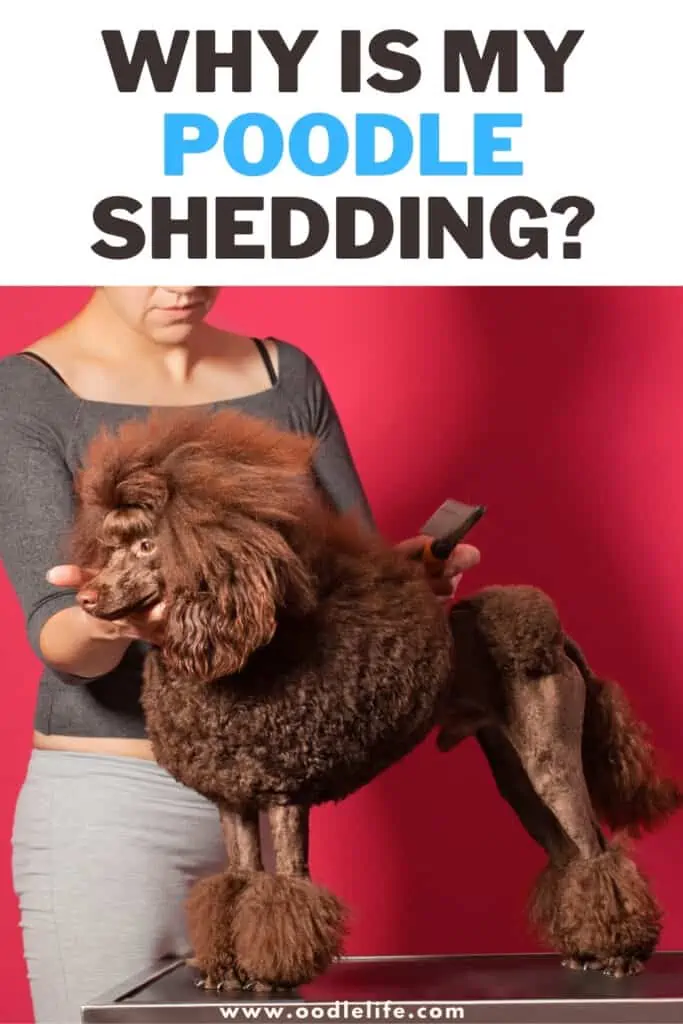
I’ll help you understand the differences between normal and abnormal shedding and what to do about it.
The Low-Down on a Poodle’s Coat
Many people say that Poodles don’t shed, but this isn’t entirely true. All dogs shed, including Poodles. The difference is that Poodles have a hypoallergenic coat, which is in part why they shed less than many other dog breeds.
Other features of the Poodle’s coat include:
- Tight curls
- Dense, single layer
- Hair instead of fur
- Ever growing hair
So, what makes the average Poodle shed so little? Let’s take a look.
Coat Traps Hair
Poodles only have one layer of hair, but it’s a dense one. Between that density and its curls, Poodles often trap the stray dislodged piece of hair before it falls to your floor.
That’s one of the reasons that finding piles of Poodle hair on the floor is so alarming—a healthy Poodle will never have so much hair fall to the ground all at once.
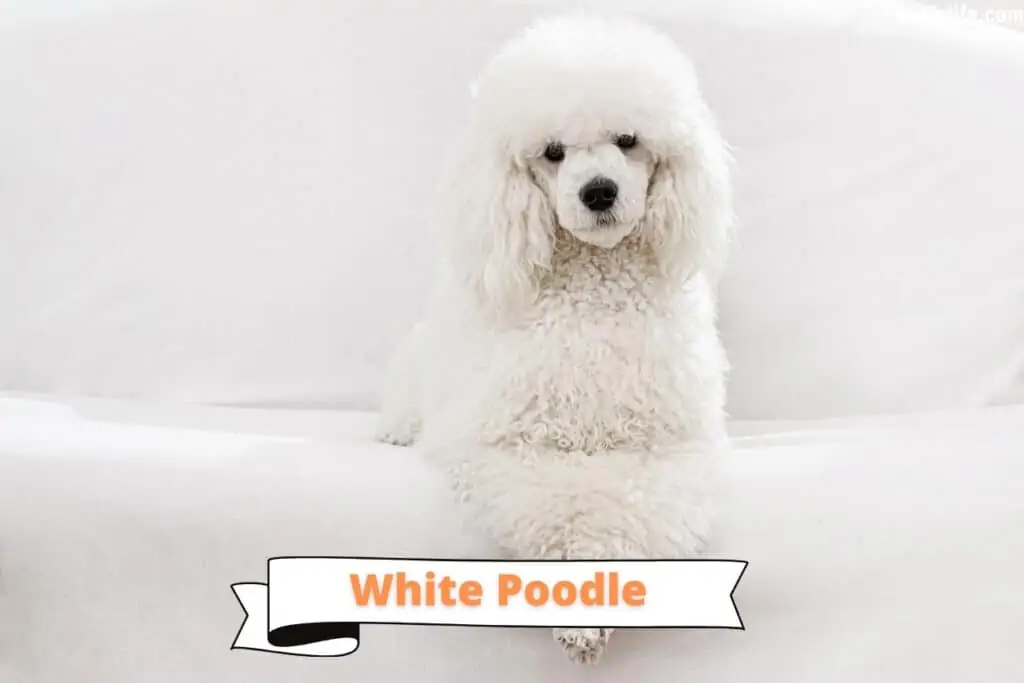
Extended Hair Cycle
All dogs have to shed at some point; even humans shed their hair. However, the difference is that Poodles have a longer-than-average shedding cycle.
Therefore, Poodle hair drops less frequently because their shedding cycle is so long. Since you should groom your dog every day to keep their coat in tip-top shape, you’ll likely be able to catch fallen hairs when they’re still in your Poodle’s curls instead of before they reach your floor.
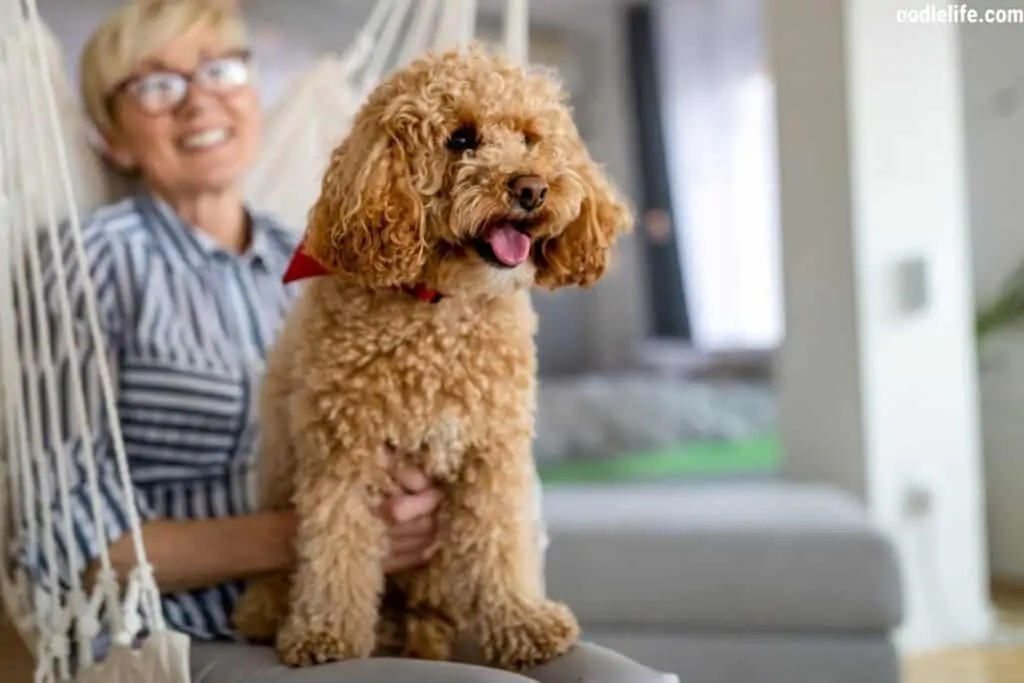
No Seasonal Shedding
Although Poodles shed, they don’t undergo seasonal shedding. That’s because they only have one coat.
In contrast, many dogs have an outer coat and undercoat. Therefore, they not only have more fur to shed, but these non-Poodle breeds shed excessive amounts in the spring when they’re getting rid of their winter coat.
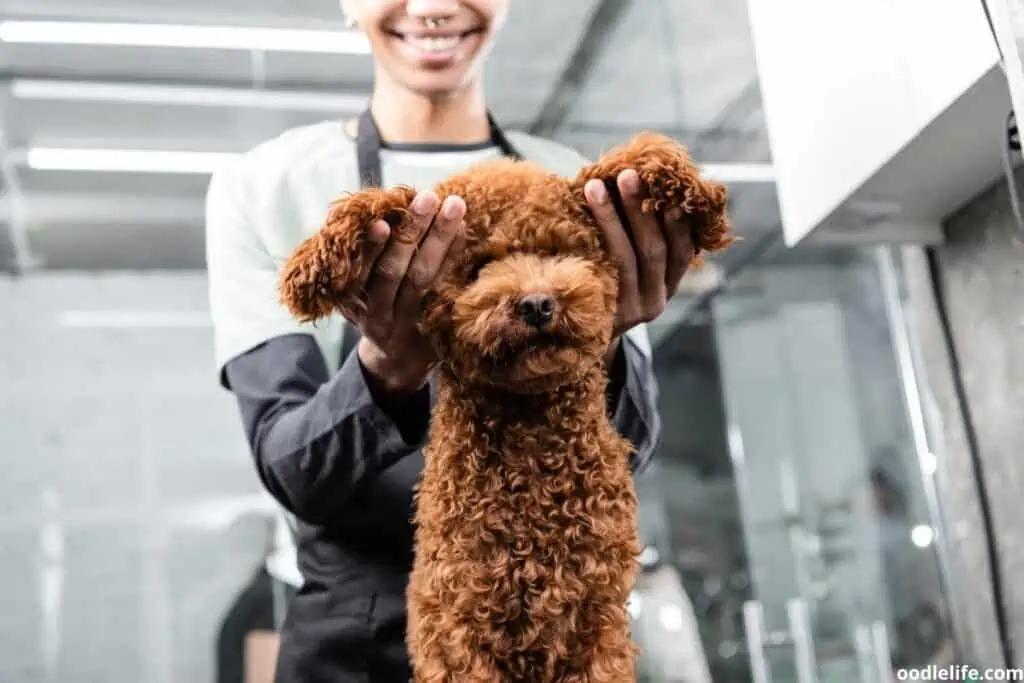
Reasons Why Your Poodle Is Shedding
Given that your Poodle shouldn’t shed much, you’re understandably concerned if you start finding a lot of hair around your home. Below are some of the most common reasons why this could be happening.
1. Sebaceous Adenitis
Sebaceous adenitis is a genetic disorder that can happen in Poodles with low immunity issues. It occurs when the sebaceous glands around the hair follicles become inflamed.
One of the most notable signs of sebaceous adenitis is hair loss. Since Poodles have long hair, this loss typically happens symmetrically on either side of their body.
Other signs of sebaceous adenitis include:
- Dull coat
- White, scaly skin that doesn’t flake easily
- Lesions on the head and along the spine
Sadly, there currently isn’t a cure for sebaceous adenitis.
Instead, your veterinarian will help keep your Poodle comfortable by giving them medicine to boost their immune system. They may also prescribe antibiotics to treat bacterial infections.
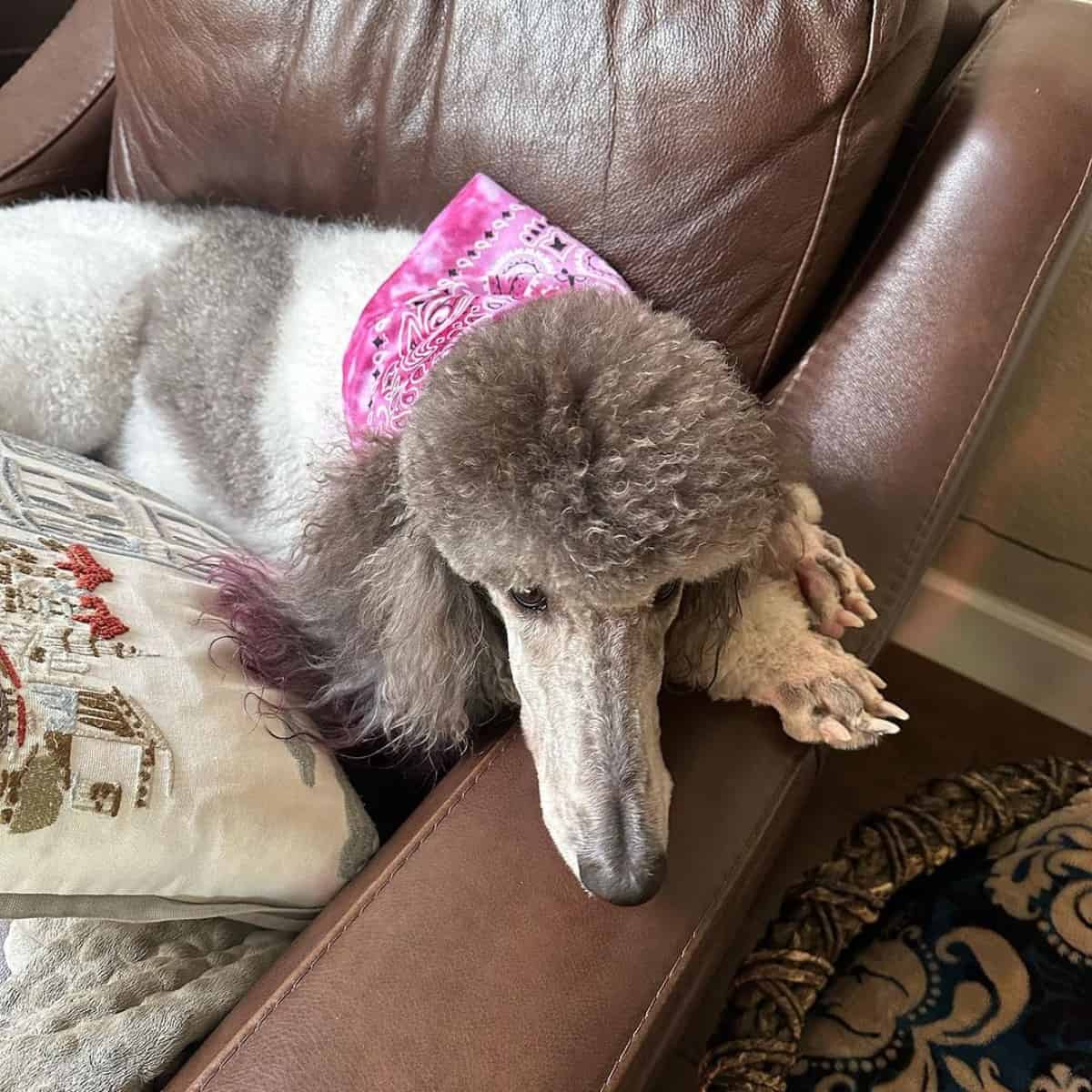
2. Alopecia
Alopecia is the scientific term for hair loss. It’s different from shedding, which is a normal cycle for most dogs (although not in Poodles, as we’ve seen).
Below are some of the most common signs of alopecia:
- Bald spots
- Scratching
- Red skin
- Thick skin
- Oozing, bleeding, or smelly skin
- Hive-like bumps on the skin
Often, alopecia is the result of external parasites. Ticks, fleas, and lice are some of the most common parasites that cause Poodles to scratch at their skin, thus causing hair loss. However, anxiety, allergies, and bug bites can also cause alopecia.
Other times, fungus might be the culprit. Ringworm is a common fungal infection that your veterinarian will be able to diagnose since it’s hard to see with the naked eye.
If your dog has alopecia, it often affects multiple parts of your Poodle’s body. You might notice a small patch of alopecia at first that gradually expands into other parts of your Poodle as the parasite or fungus multiplies.
The good news is that in most cases, your veterinarian will be able to treat the cause of alopecia.
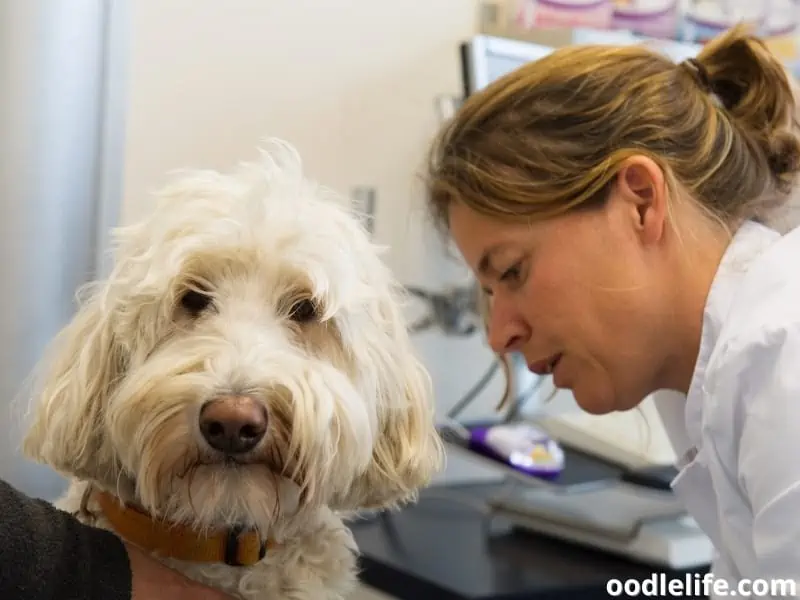
3. Cushing’s Disease
Cushing’s Disease is yet another hereditary-related health issue that can cause your Poodle to shed. Most commonly, Cushing’s Disease occurs in middle-aged to older dogs and results from an overproduction of the cortisol hormone.
In addition to hair loss, other symptoms of Cushing’s Disease include:
- Excessive panting
- Thin skin
- Skin infections
- Potbelly appearance
- Increased appetite, urination, and thirst
If your veterinarian diagnoses your Poodle with Cushing’s Disease, it’s more common for them to manage it rather than curing it. Vetoryl is an FDA-approved drug that can help control your Poodle’s Cushing symptoms.
To monitor the effectiveness of the medication, your veterinarian will perform blood tests, especially when your dog first starts treatment.
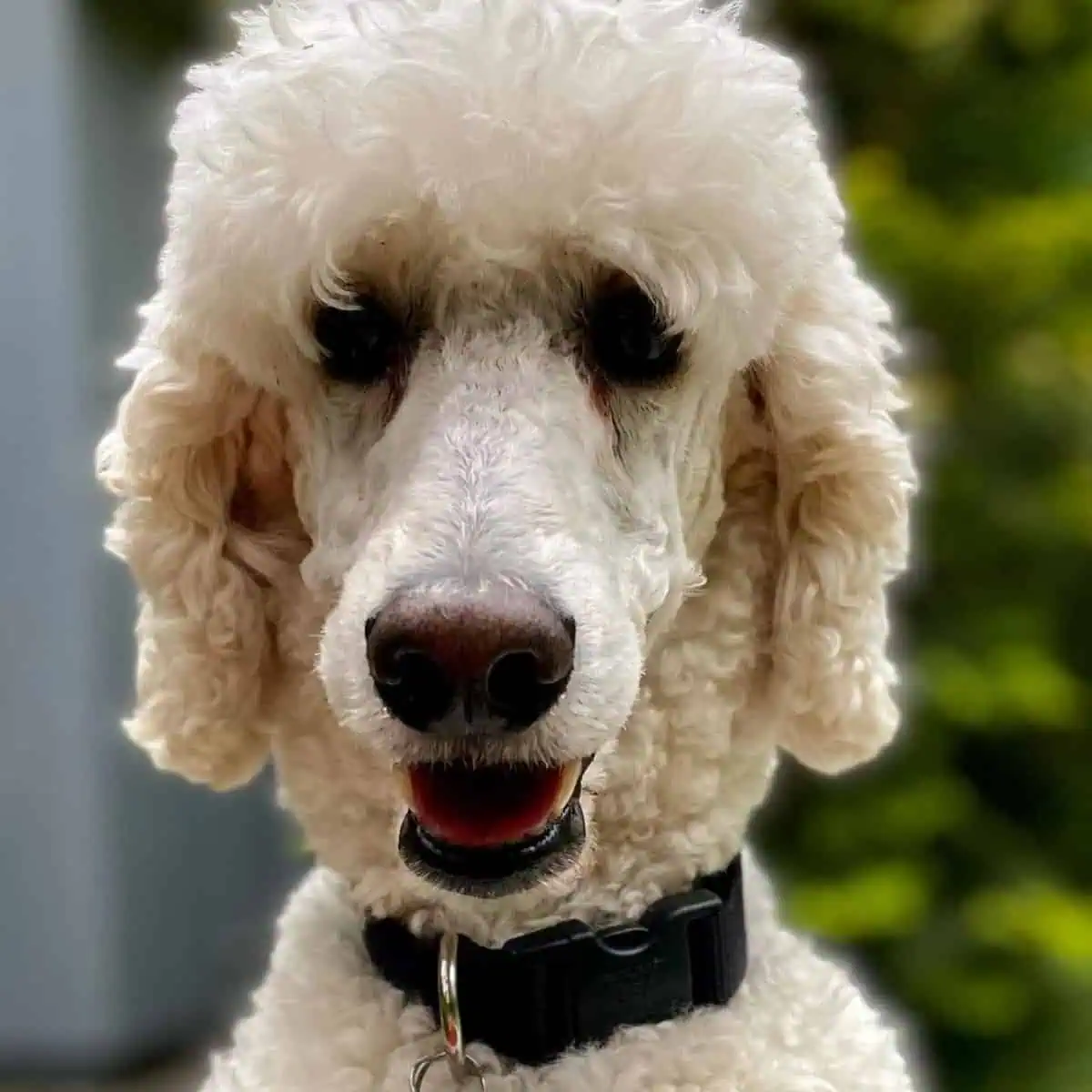
Caring for Your Poodle’s Coat
Whether you’ve decided that your Poodle is shedding normally or you’ve taken them to the vet and addressed their shedding issue, it’s essential to keep up with your dog’s coat care.
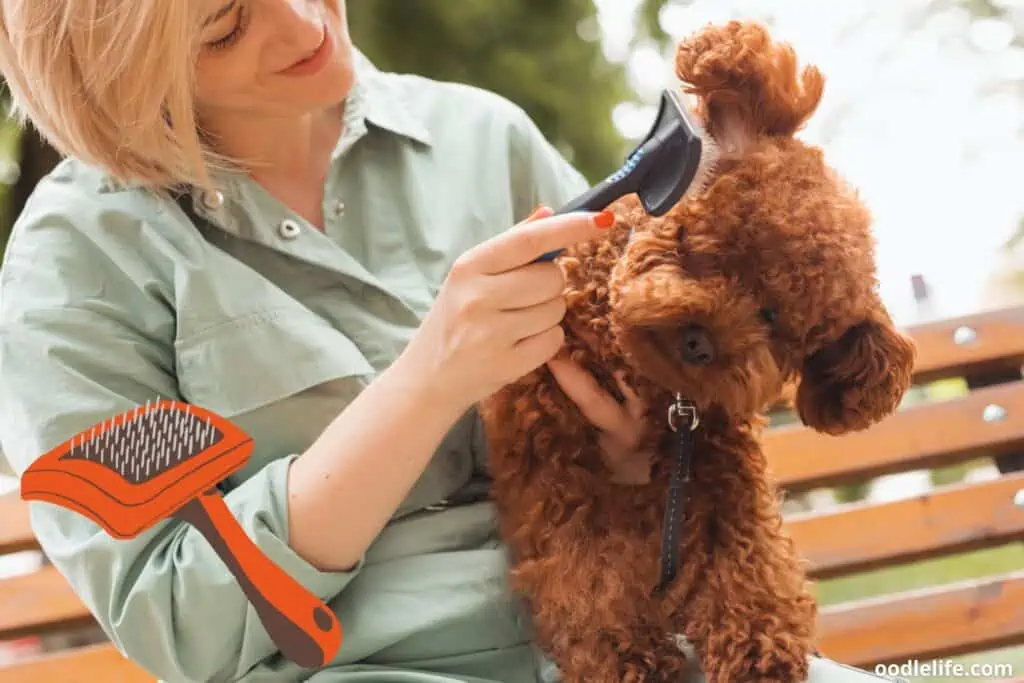
Ideally, Poodles need daily brushing. You should purchase a high-quality brush that allows you to get down to the base of your Poodle’s curls, pulling up fallen hairs and debris along the way. By doing so, you’ll prevent matting, which can cause an array of discomfort and skin infections for your pooch.
You should also keep your Poodle on a regular professional grooming schedule. Since a Poodle’s hair is ever-growing, it requires trimming like human hair.
It’s best to take your pet to the groomer a minimum of one time every six weeks. As a bonus, keeping your dog clipped by a groomer will make it easier for your daily brushing routine.
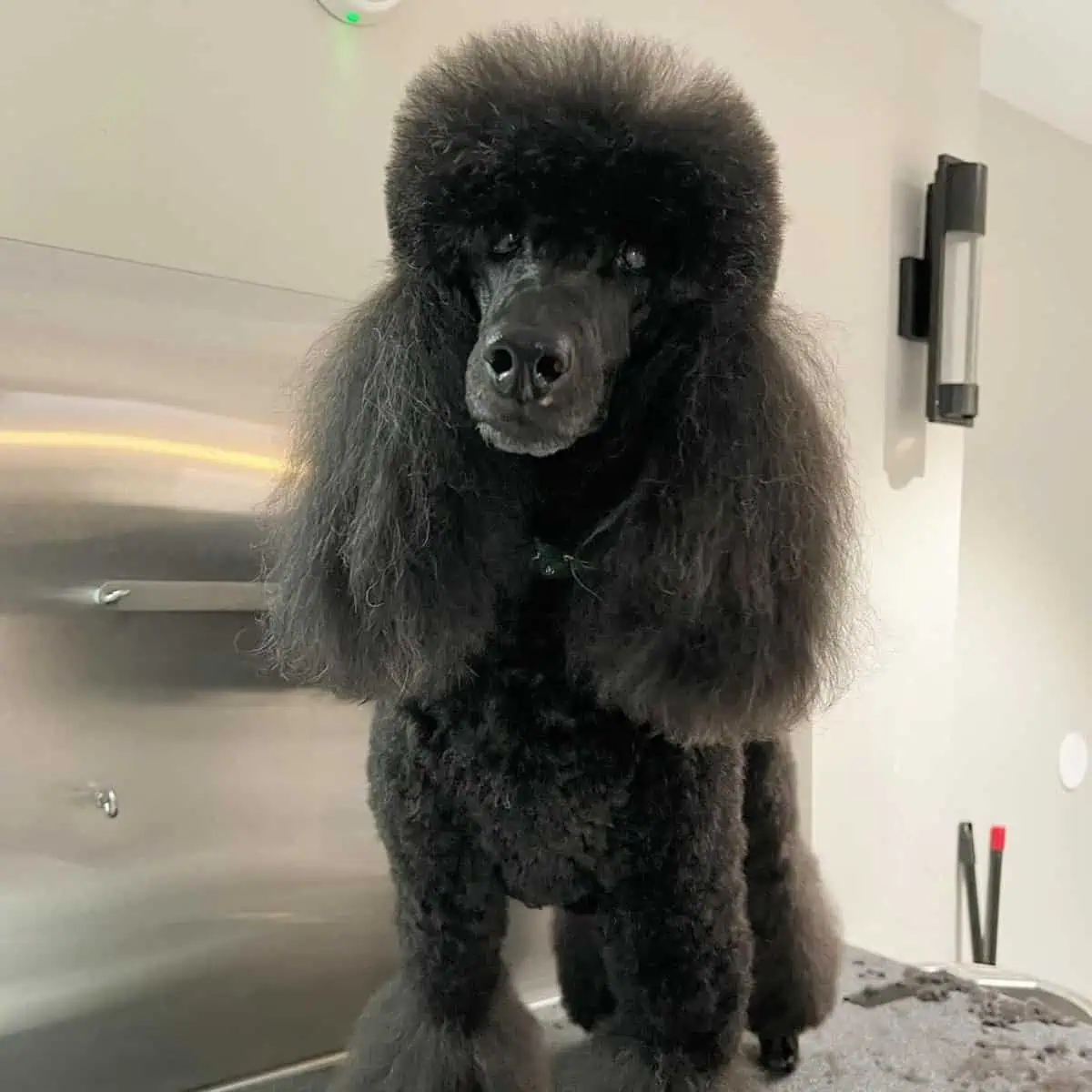
Wrap Up
By now, you should have a solid understanding of whether your Poodle’s shedding is abnormal.
If you suspect that your Poodle is shedding for medical reasons, take them to the vet. The sooner you do, the better the chance you have of getting your pet back to normal and your floors to being nearly hair-free again.